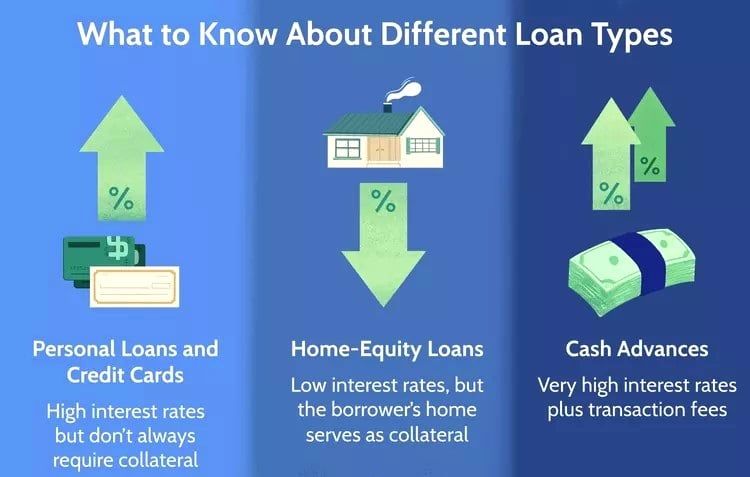
Understanding Fixed vs. Adjustable-Rate Mortgages
admin
- 0
When it comes to buying a home, one of the most important decisions you’ll need to make is choosing between a fixed-rate mortgage and an adjustable-rate mortgage. Both options have their own set of advantages and disadvantages, and understanding the differences between the two can help you make the best decision for your financial situation.
Fixed-Rate Mortgages
A fixed-rate mortgage is a type of loan where the interest rate remains the same for the entire term of the loan. This means that your monthly payments will also remain constant, making it easier to budget for the future. Fixed-rate mortgages are typically available in 15, 20, or 30-year terms, with the most popular option being the 30-year fixed-rate mortgage.
One of the main advantages of a fixed-rate mortgage is the predictability it offers. With a fixed rate, you won’t have to worry about fluctuations in interest rates affecting your monthly payments. This can provide peace of mind for homeowners who prefer stability in their finances.
However, there are also some downsides to fixed-rate mortgages. In general, fixed-rate loans tend to have higher interest rates than adjustable-rate mortgages. This means that you might end up paying more in interest over the life of the loan compared to an adjustable-rate mortgage.
Adjustable-Rate Mortgages
An adjustable-rate mortgage, also known as a variable-rate mortgage, is a type of loan where the interest rate can change periodically based on market conditions. Typically, adjustable-rate mortgages have a fixed interest rate for an initial period, after which the rate adjusts at regular intervals.
One of the main advantages of an adjustable-rate mortgage is the potential for lower initial interest rates compared to fixed-rate mortgages. This can result in lower monthly payments in the short term, making it an attractive option for homeowners who are looking to save money on their mortgage payments.
However, adjustable-rate mortgages come with some risks. Because the interest rate can fluctuate, your monthly payments could increase significantly if interest rates rise. This can make it harder to budget for unexpected changes in your mortgage payments, and could potentially lead to financial strain down the road.
Which Option is Right for You?
When deciding between a fixed-rate mortgage and an adjustable-rate mortgage, it’s important to consider your financial goals and risk tolerance. If you value stability and predictability in your finances, a fixed-rate mortgage may be the best option for you. On the other hand, if you are comfortable with some level of risk and are looking to save money in the short term, an adjustable-rate mortgage might be worth considering.
It’s also a good idea to speak with a financial advisor or mortgage lender to discuss your options and determine which type of mortgage is best suited for your individual needs. Ultimately, the decision between a fixed-rate mortgage and an adjustable-rate mortgage should be based on your personal financial situation and long-term goals.
Regardless of which option you choose, buying a home is a significant financial decision that requires careful consideration. By understanding the differences between fixed-rate and adjustable-rate mortgages, you can make an informed choice that will set you on the path to homeownership success.
Conclusion
Both fixed-rate mortgages and adjustable-rate mortgages have their own set of pros and cons. While fixed-rate mortgages offer stability and predictability, adjustable-rate mortgages provide the potential for lower initial interest rates. By carefully evaluating your financial goals and risk tolerance, you can choose the mortgage option that best suits your needs. Remember to consult with a financial advisor or mortgage lender to make an informed decision that will set you up for long-term financial success.

